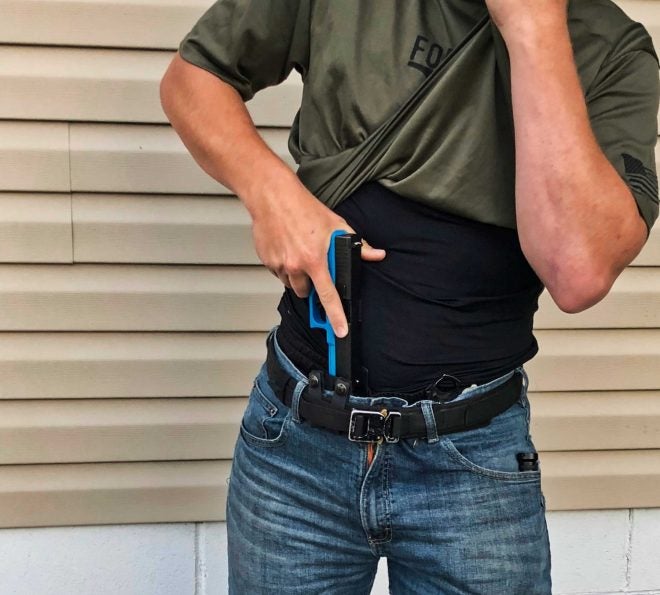Many talk about concealed carry and assume it is all about getting a license. Some take it a step further and attempt to prevent printing, but there is far more to concealment than not printing. Some even attempt to achieve the “instafamous” sub-second draw. While a quick draw can be a useful skill, is it really the end goal? Concealment can also not be simply bought by selecting a good holster.

While selecting the proper equipment is beneficial, concealment goes far beyond holster selection.
So what is concealment all about? I recently met Varg Freeborn and learned far more about the true definition of concealment.
Varg’s Story
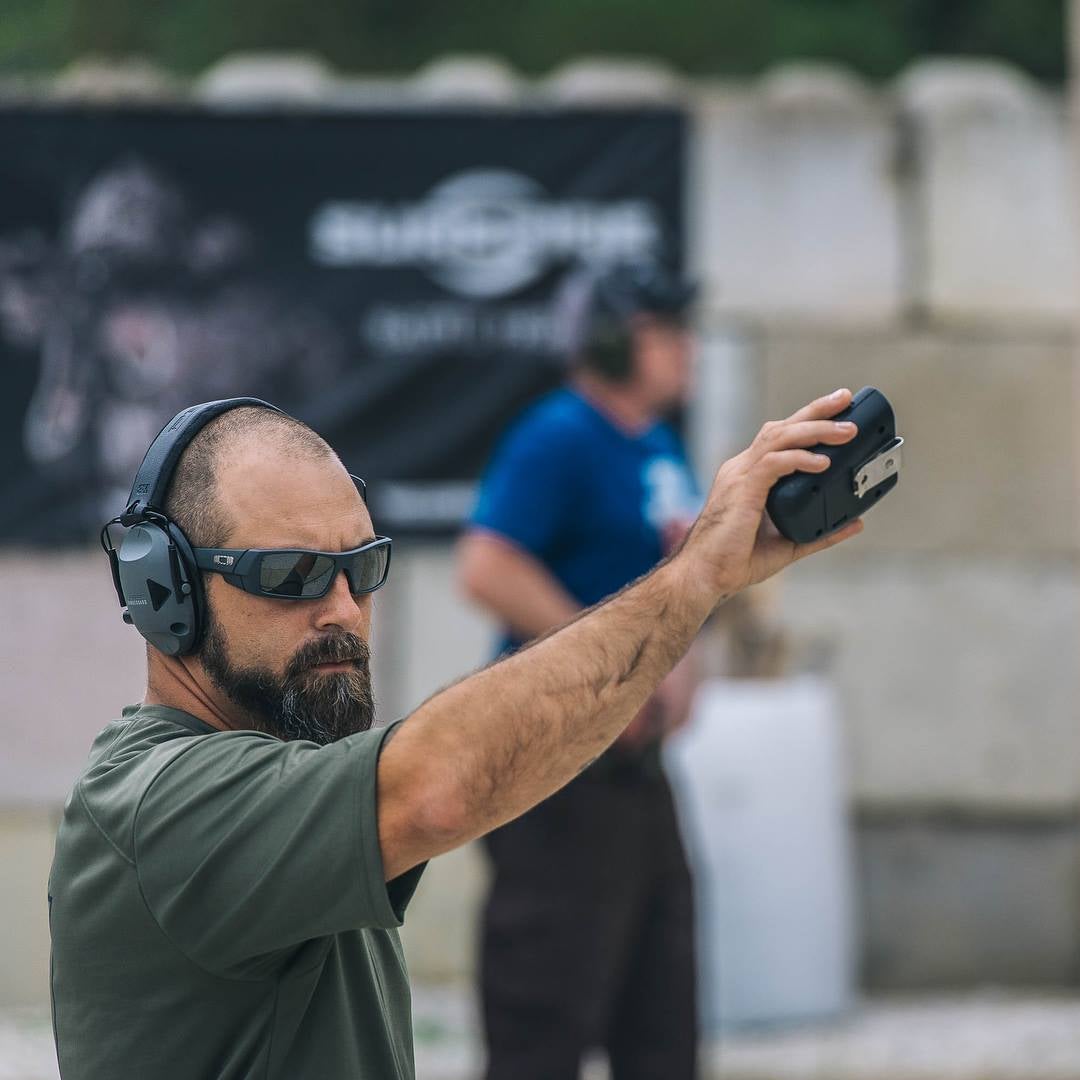
Varg has vast personal familiarity with violence and brings intimate knowledge through experience. He is the owner of One Life Defense LLC and author of Violence of Mind.

After being incarcerated for 5 years for a self-defense stabbing, Varg was released and able to get his full rights restored. This however only came after extensive legal effort and appeals. Growing up in the criminal underworld and experiencing prison first-hand gave him an understanding of criminals and violence like no others in the industry. This knowledge is important to comprehend the true threat we need to train for.
Why not Simply Open Carry?
Why should we not just open carry and “deter” the criminal threats we may face on a daily basis? Does this not deter and force them find an easier target? With open carry, the minimal deterrence only impacts the threats you most likely could have defeated anyway. By open carrying we are feeding the enemy critical information that he is using to develop a plan of attack. Often the open carrier is not even aware they are being watched and assessed. Instead we need to prepare for the determined criminal. These threats have developed a keen and accurate ability to estimate how much force is required to take you down. Based on this assessment, they determine the techniques and tactics necessary to successfully complete their goal. Open carrying is much like playing poker with your hand fully in view of others at the table.
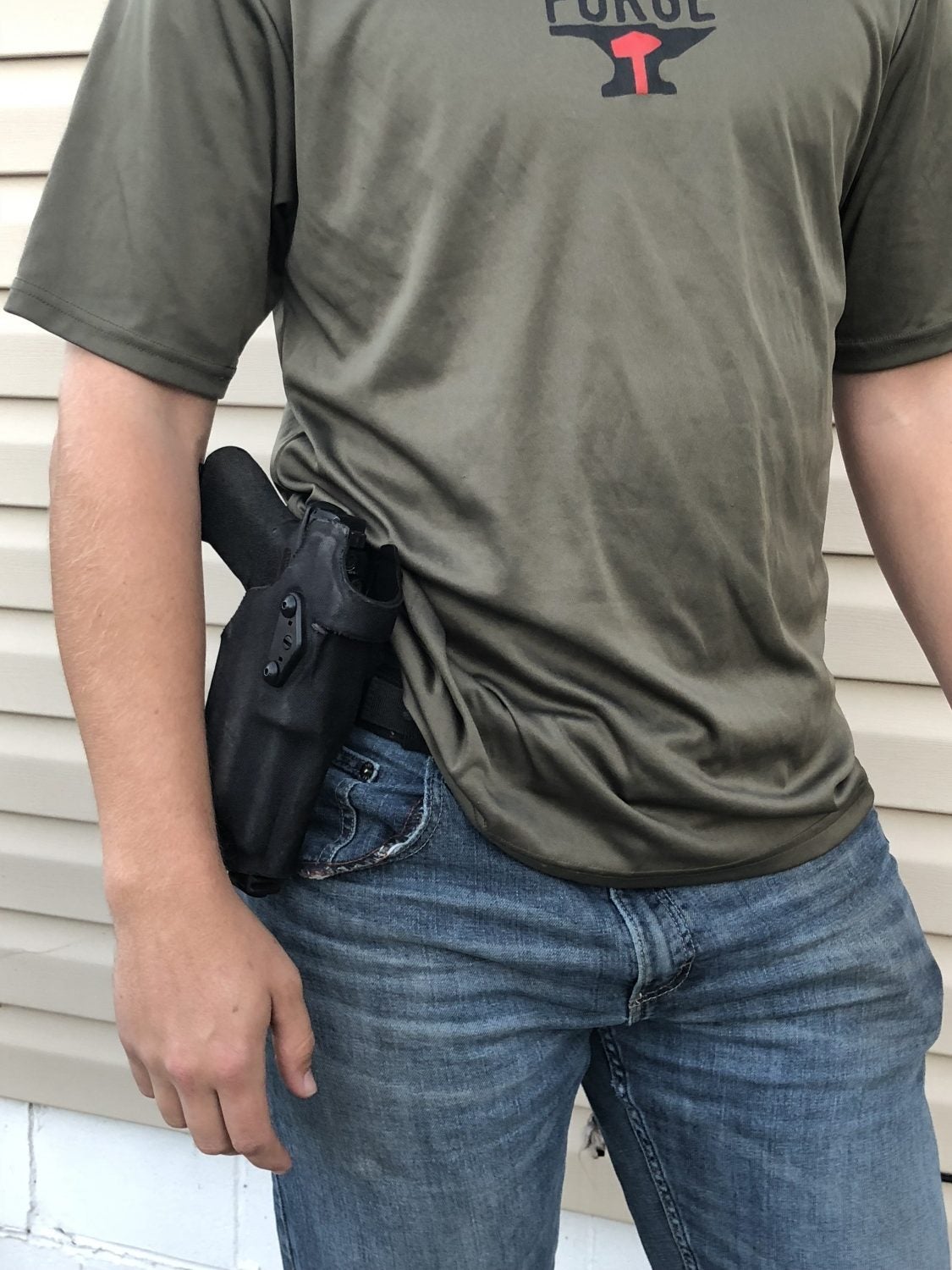
Even with a quality retention holster open carry is not the preferred carry method for responsibly armed citizens.
Concealment Defined
True concealment is making our tools, intentions and capabilities invisible to the knowledgeable, determined threat that is actively looking for each of these items. Each of these elements are important. Often we focus on portions of this definition, but leave out key elements. Concealing from a disapproving aunt is far from concealing from a determined foe.
CCW Mindset
To the average CCW holder, often the first time they thought of concealing anything was after their CCW course. They assume not printing is their main concern. Also they try to conceal their firearm from the “average person”.
Criminal Concealment
For the criminal, many began concealing at a young age. This not only includes weapons but often must include intentions, actions or objects to commit crimes. Many have also gone through significant searches in prisons. These random searches have been perfected for many years. Guards check not only what the prisoners are concealing on body, but they also search every nook, cranny, or vent of an area for contraband . Whether stashing shanks, drugs or other prohibited items, criminals perfect the art of concealment. This is based on necessity that your average law abiding gun owner would not understand. To the accomplished criminal concealment is an art form.
Ambush
A determined threat will prefer to ambush their target and gain the element of surprise.
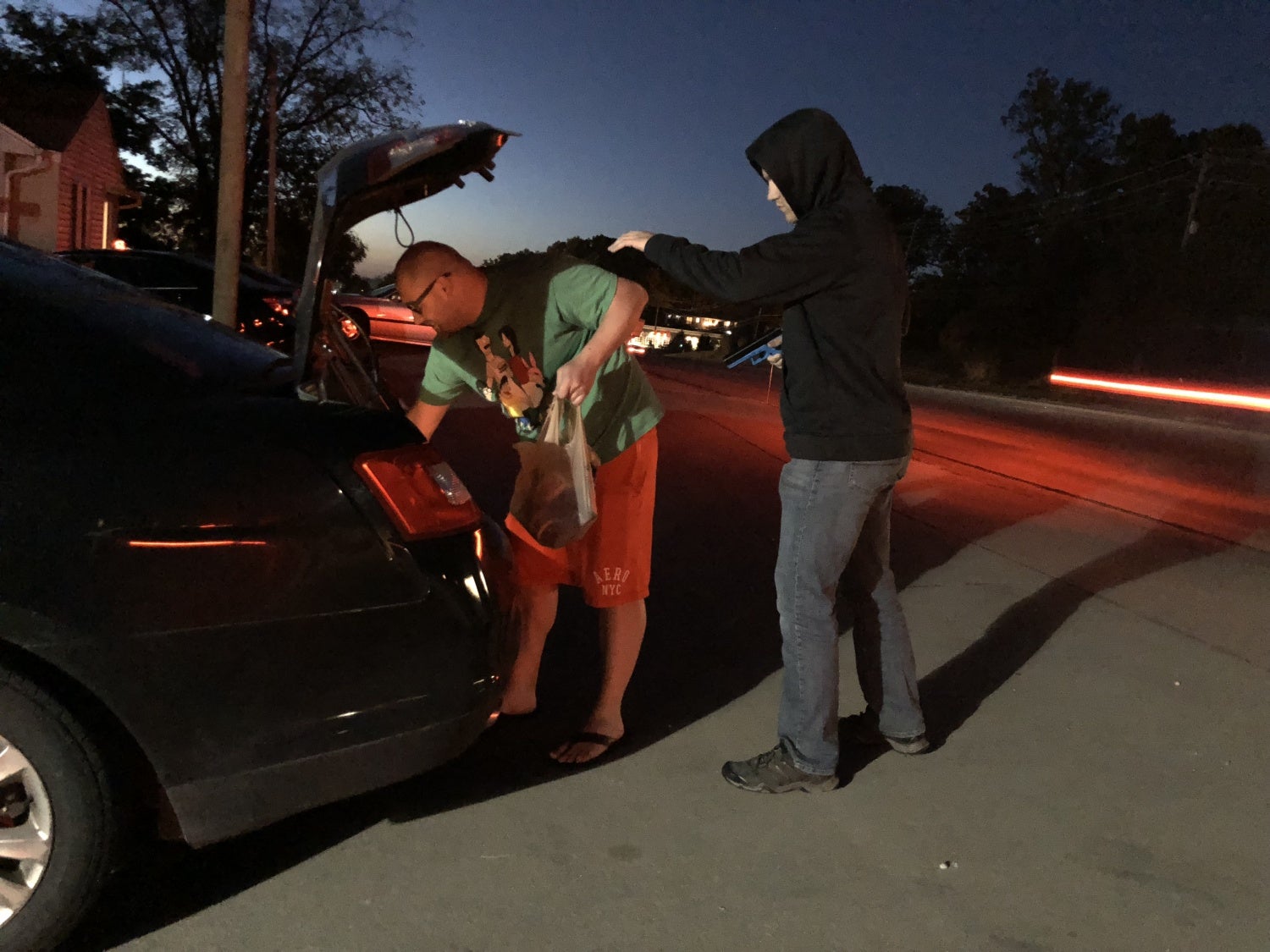
Remember concealment is important, not only for the tools we carry, but also our intentions and capabilities. When preparing for determined opposition, concealment allows for a counter ambush. By concealing properly we make it more difficult for an adversary to size up their target. This could result in a gross underestimation of the force and tactics necessary. In fighting, winning is hard to define. Is winning surviving? Is winning killing the person that attacked you? Instead of looking at the goal it is easier to look at the necessary steps. Each step should improve your position and worsen the position of your adversary. Fighting is much like “tactical chess”.
The “Why?”
To the CCW holder they often throw on their gun and feel like the good guy, wanting to project a certain image. If they are caught concealing they have a license to present as their “get out of jail free card”. Many simply conceal to avoid the social stigma of carrying a gun.
For the criminal, they are concealing not only from law enforcement, but each other. They too are often carrying a weapon for self-defense. Unlike the CCW holder, the criminal knows the very real threats and the consequences of poor concealment.
The “When?”
When should we conceal? It is obvious by now that we want to conceal our tools before the fight. However, it is equally important that we conceal our tools, capabilities and intentions throughout the fight. Going hands on with an armed threat does not mean we immediately break leather and blaze away. Often it can be a fight over the weapon.
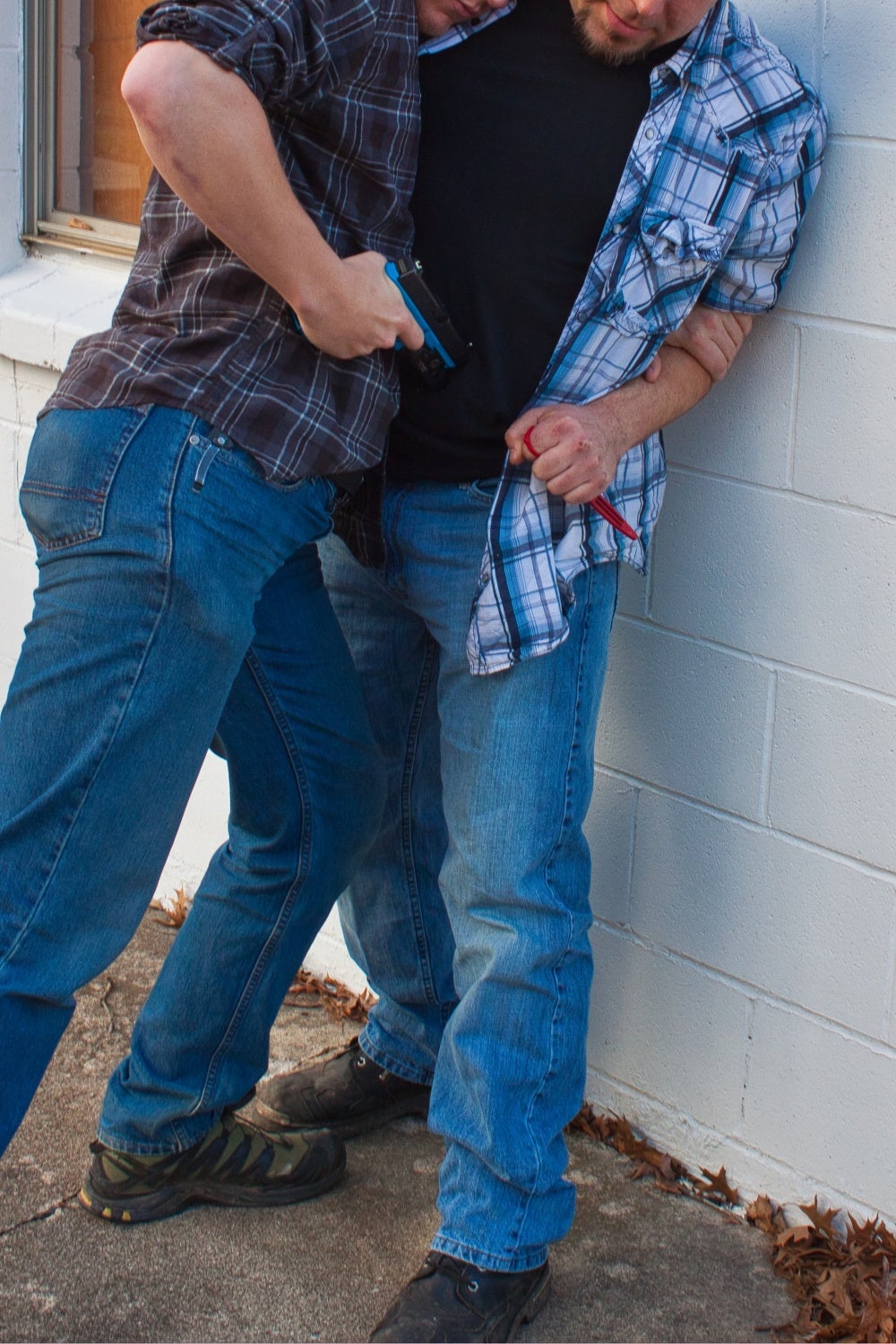
During the fight it is important not to broadcast your intentions or tools to your adversary. This often results in stuffed draws and fighting over multiple weapons.
Self-Awareness
“If you want to have discipline and self-control, you have to practice them outside of the mat and outside of the range.” – Varg Freeborn
This requires daily, mindful practice. It is also essential that we are self-aware at all times. This is the key to mastering concealment. Being self-aware requires that we scrutinize everything about ourselves. If we are unable to scrutinize ourselves then we will not be able to be honest to ourselves. This honesty is required for us to conceal from knowledgeable parties that are actively searching. Concealment is managing the perception others have of you. It is impossible to be invisible, but it is possible to be dismissible. Blending in and looking like any other person is required for true concealment.
Drawing a Weapon
As mentioned earlier, a concealed carrier’s job is not to simply master sub-second draws from a cover garment. This is a skill that is good to have, but is not the end all solution. Often a surreptitious draw can be more applicable. There are no black and white answers for when to draw a weapon. It is the result of constantly looking for and creating openings. Taking force on force classes will help you practice seeing those openings without paying as great a price for mistakes.
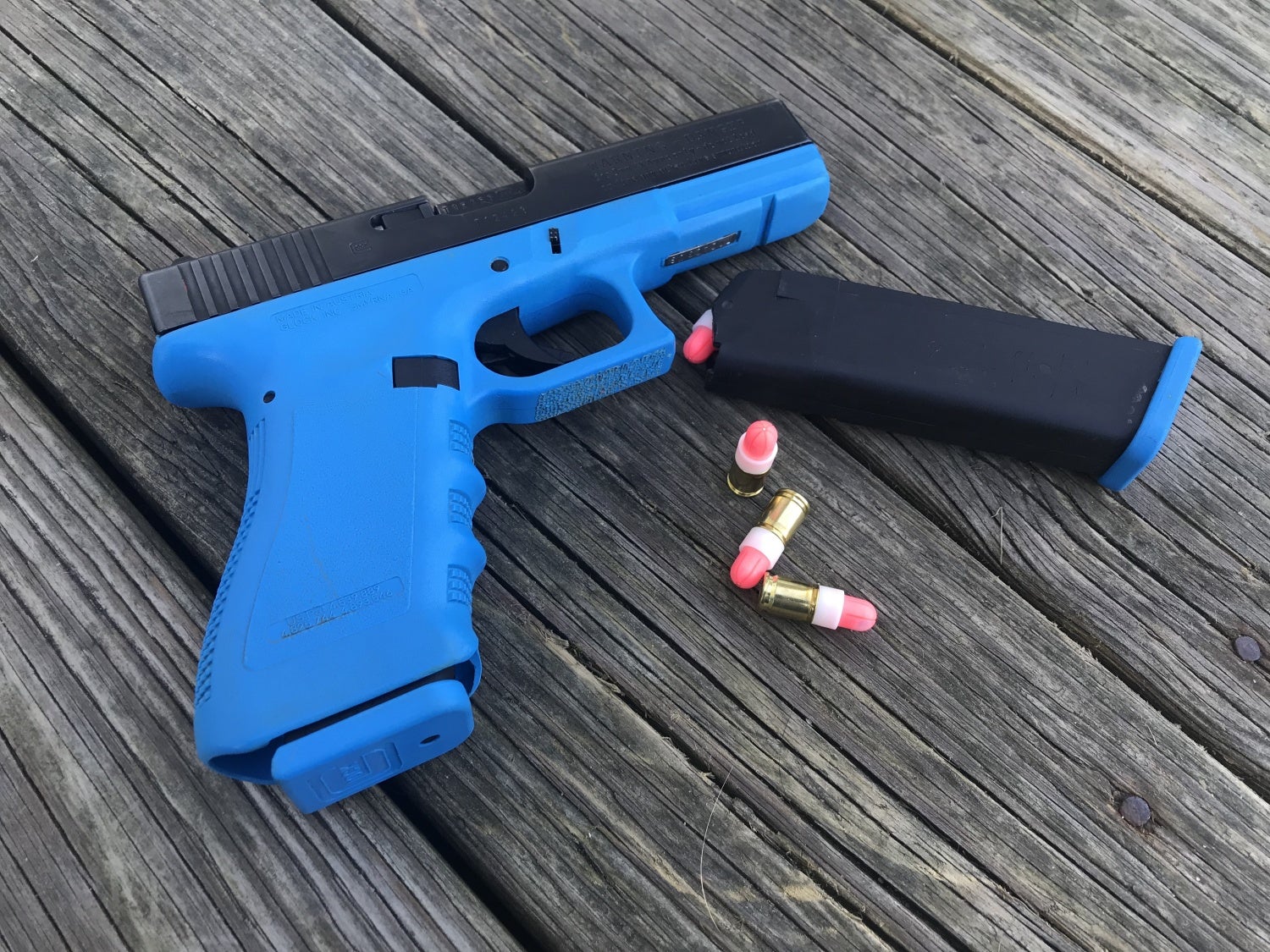
Square range courses are a great start, but force on force courses allow you to take your training to the next level.
Conclusion
Instead of stopping at the first step, consider some of the deeper elements required for concealment. While anyone can be “that guy” that walks to the corner and sits with his back to a wall, is this true concealment? Look deeper and consider some of the concepts from someone who has experienced violence with a determined foe. Be self-aware and assess what you are doing to maximize concealment. For more information on this topic and many others, consider taking a class with Varg Freeborn.
TFB’s Concealed Carry Corner is brought to you by GLOCK
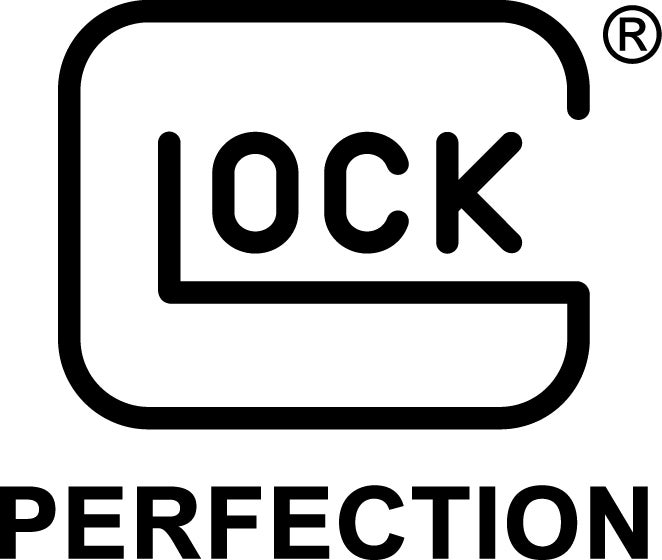
 Your Privacy Choices
Your Privacy Choices
